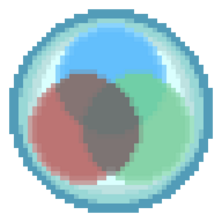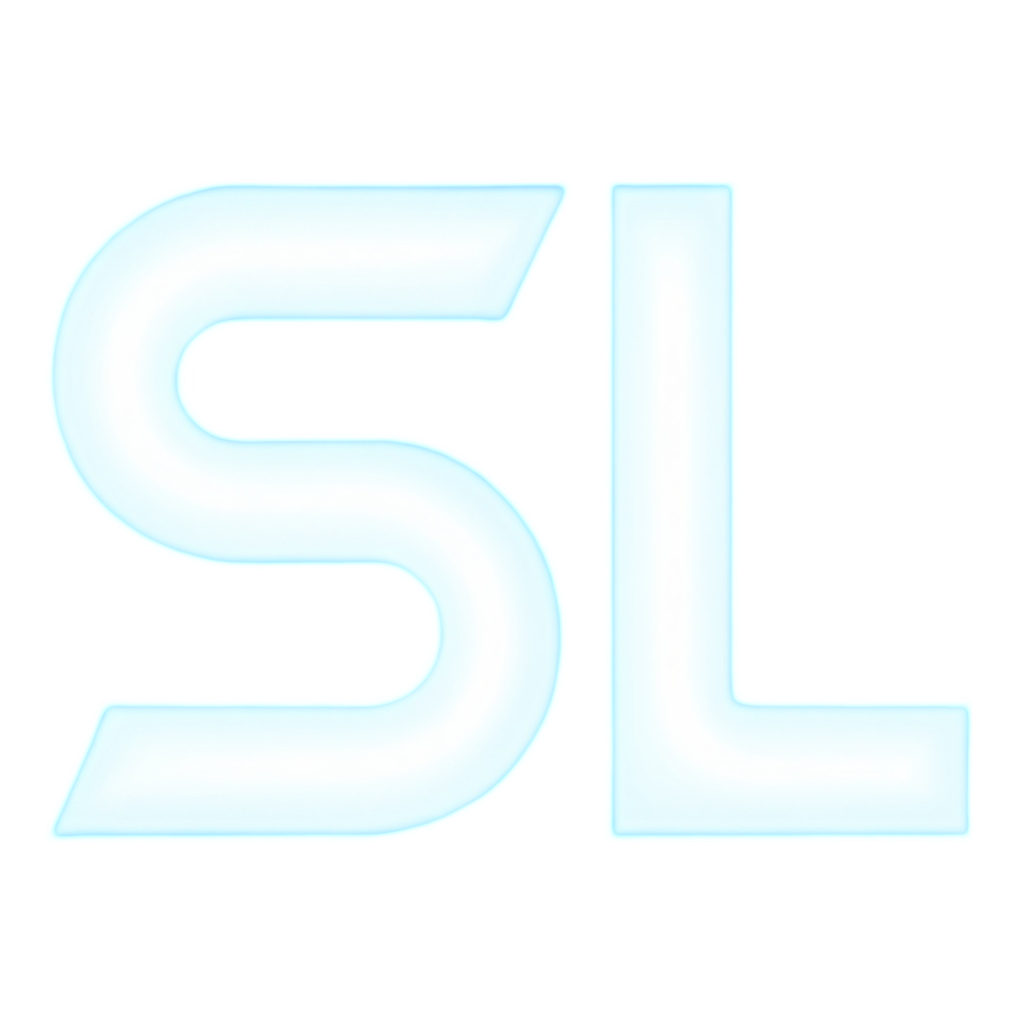RGBspace
What is RGBspace?

RGBspace is a dimension of energy that behaves very similarly to light. It is composed of particles that are similar to photons, but distinctive, and the entire dimension exhibits wave-like properties. This dimension exists in a visible range of Red-Green-Blue, hence the name. RGBspace was initially discovered by the Skrell, who utilized it for faster than light travel. When they allied themselves with the Trans-Solar Federation they shared their technology, which has propagated outwards in the time since. While not the only form of FTL that has been invented, it is more more prolific and often the fastest.
Properties
RGBspace is characterized by its three primary hues, with each hue working differently. Different methods of utilizing RGBspace may use different combinations of Redspace, Greenspace, and Bluespace, which are terms for each of the three hues used. Different ratios of each may yield wildly different results, and it is far from an exact science.
Bluespace
Bluespace is the most commonly used aspect of RGBspace. It is the most stable and consistent, and the easiest to access, but it is also the slowest, requiring vasty more energy to move something beyond the speed of light. Bluescape is also naturally occuring, with different anomalous phenominon being observed to utilize Bluespace. Inorganic material that has been frequently moved through RGBspace will often begin behaving in a not fully understood way, leading to mostly harmless side effects. The most common manifestation of this is 'linked' containers that share an interior space, usually made of steel such as lockers or crates.
Greenspace
Greenspace is the second most used aspect of RGBspace. Greenspace is the fastest and most energy efficient, being easily able to move things at far beyond FTL speeds. It is also very inaccurate at range. If you attempted to move something using only Greenspace, you could instantly transport it a few miles at a time without issue. Any distance beyond a few miles becomes exponentially more inaccurate. Assuming an infinite plane with a concrete floor existed, moving something 5 miles at a time on this floor would be fine. Moving it 50 miles would result in it being displaced up to a foot up or down. Moving it 1 parsec could result in it being hundreds of thousands of miles under the floor. Overlapping geometry is very hazardous, and because of this Greenspace is almost exclusively used in very short ranges, or to compliment other aspects of RGBspace to speed up travel. Green-Blue is the most common RGBdriver in use in the galaxy.
Redspace
Redspace is the least commonly used and least understood aspect of RGBspace. Redspace is nearly impossible to detect, track, or monitor. This makes it an ideal choice for criminals and the criminally insane. While technologies exist to detect an object or ship entering a region using RGBspace, a high enough mix of Redspace would make it nearly undetectable, and using only Redspace would make it impossible to trace. This of course comes with a drawback. Redspace is the most dangerous aspect of RGBspace by a vast vast amount. Tales of entire warships gambling on a Redspace jump only to never arrive at their destinations were common during the Pod War, and unlike most spacer tales were provable as true. Some ships that made High-Red jumps did eventually resurface, shredded, superheated, entire solar systems from where they were intending to go and with zero surviving crew.
TECHNOLOGY REPORT AT REQUEST OF CID DIRECTOR
UPLINK DISASSEMBLY ANALYSIS
Device was partially melted by a remote trigger shortly after recovery, limiting our understanding of its catalogue. The Private Security Officer who recovered it claims it was left unlocked on on the floor of the engineering locker room. Reported seeing tabs for accessing different equipment before the device was deactivated, probably by an automated security system. System is fairly concise, a very basic but compact RGBspace teleporter like a more compact Fulton. One-way.
We detected trace amounts of a red crystalline material inside the slot on the back, which matches chemical analysis of previously recovered 'telecrystals'. Given the hue mix of the RGBspace teleporter inside it appears that the device uses these 'telecrystals' to stabilize a sort range link between the uplink and another location that acts as a distribution center, allowing Syndicate Agents to smuggle anything from a pen to an entire hardsuit onto any secure station.
If we can find a completely intact uplink and shut down the locking mechanism before it melts itself, we may be able to reverse engineer a system to jam or disrupt the Redspace link and prevent their use. Theoretically. Breaking a Redspace link like that might also simply destroy the entire station it is on, honestly.
